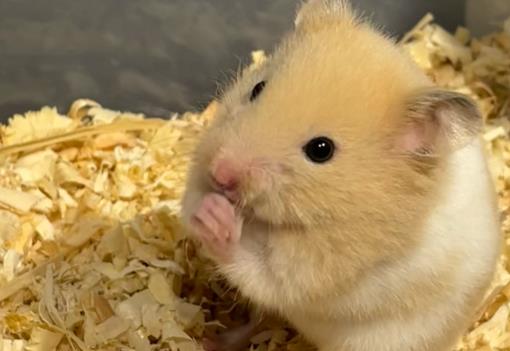Here’s a comprehensive guide to co-housing hamsters, integrating behavioral traits and care recommendations for different species:

I. Hamster Species Suitable for Co-Housing (With Caution)
1. Dwarf Roborovski Hamsters
The only species that may tolerate group living, but requires:
Same littermates raised together from birth.
Extra-large enclosures (≥1 m²) with abundant resources.
Close monitoring—separate immediately if fighting occurs.
2. Juvenile Dwarf Hamsters (Campbell’s/Winter White, etc.)
Only suitable for immature pups (<4 weeks old); must separate after adulthood.
Higher success rates with littermates, but risks remain.
II. Species Prohibited from Co-Housing
1. Syrian Hamsters (Golden Hamsters)
Extremely solitary by nature; co-housing leads to fatal fights.
Includes all color variations (long-haired, short-haired, etc.).
2. Adult Dwarf Hamsters
Campbell’s, Winter White, Pudding, and other breeds show intense territoriality in adulthood.
Even opposite-sex pairs must separate immediately after mating.
III. Risks of Co-Housing
Sudden Aggression
Apparent peaceful hamsters may attack over mating or resource competition.
Hidden Stress
Non-fighting hamsters can still suffer shortened lifespans due to anxiety.
Breeding Overload
Opposite-sex pairs breed prolifically, endangering the mother’s health.
IV. Scientific Care Recommendations
1. Core Principles
“One hamster, one cage” applies to 99% of cases.
Use “dating cages” for brief supervised interactions.
2. Exceptional Cases
For Roborovski co-housing, have emergency separation plans ready.
Pregnant/lactating females must live alone.
Immediate Action: Separate hamsters if chasing, fur pulling, or squealing occurs. Long-term successful co-housing is extremely rare—prioritize animal welfare with individual enclosures.
